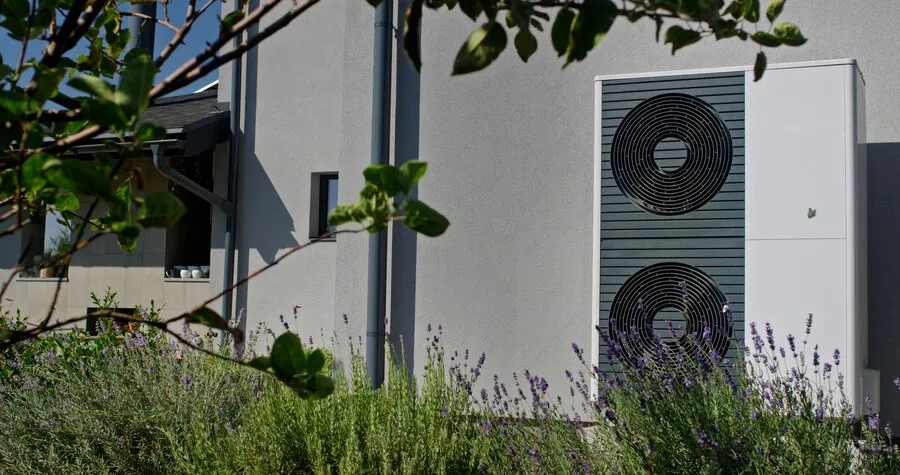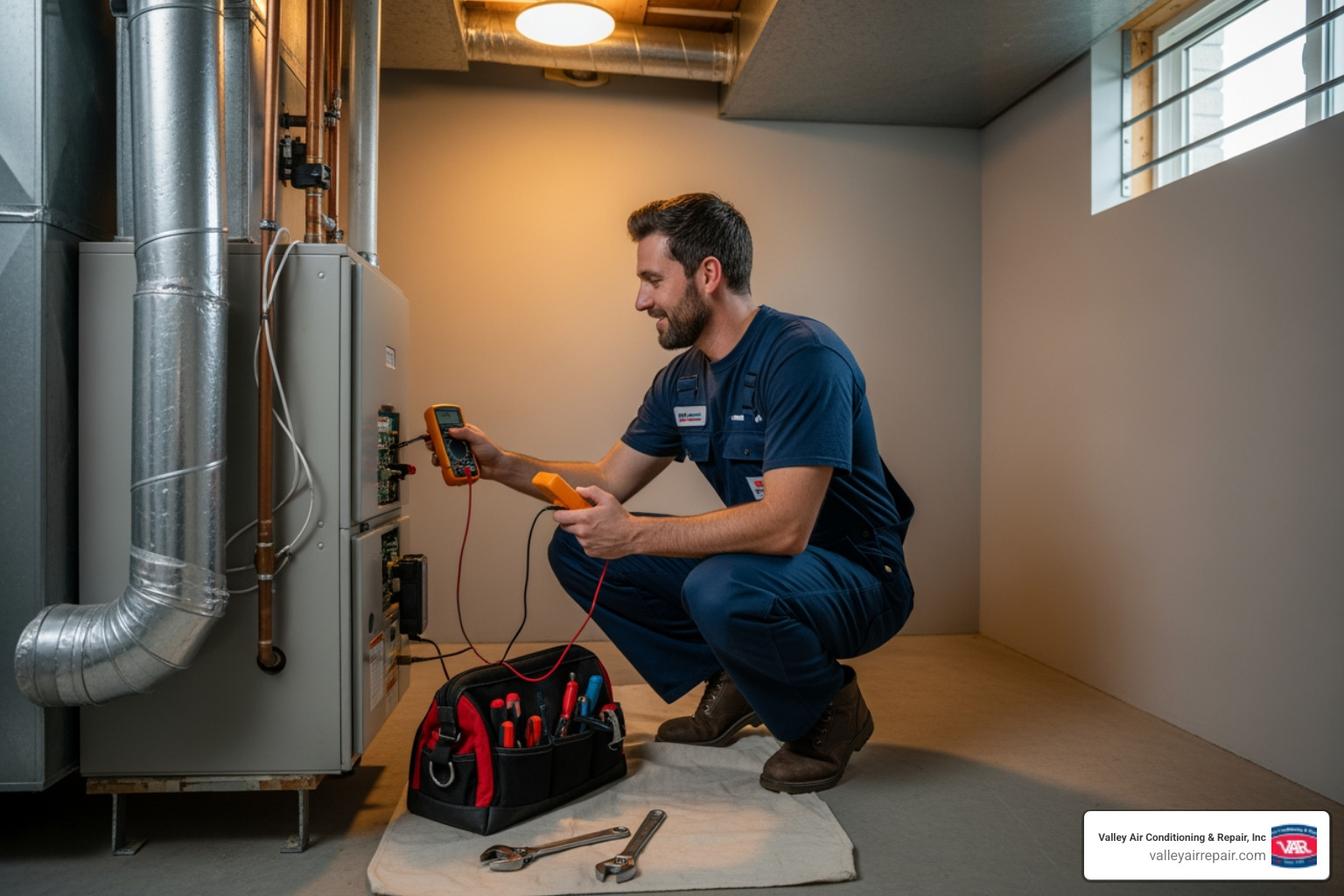Why Is My AC's Outdoor Unit Not Running in Sanger?

When your air conditioner suddenly stops cooling your home, it’s never convenient. One of the most common issues homeowners in Sanger experience during the peak of summer is when the outdoor AC unit stops working altogether. This can cause the entire system to shut down or deliver uneven cooling throughout the house. The good news is that there are a few typical causes behind this problem, and identifying them early can help you avoid bigger system failures.
Your outdoor AC unit, often known as the condenser unit, plays a big role in the cooling process. Without it functioning correctly, the rest of your system struggles to do its job. Issues can range from simple power disruptions to more serious electrical component failures. Knowing what to look for and addressing problems promptly can go a long way in keeping your home comfortable without unnecessary delays or stress.
Checking The Power Supply And Thermostat
Before diving into complex problems, start with the basics. Power issues are more common than most homeowners think. If your outdoor unit in Sanger isn’t running, make sure the unit is actually receiving power.
Here’s a quick checklist to start with:
- Check your main breaker box and reset any tripped breakers.
- Confirm that the shut-off switch near your outdoor unit hasn’t been turned off by mistake.
- If you recently had an electrical issue, it’s possible the circuit affecting your AC was impacted.
After confirming the power is on, turn your attention to the thermostat. Your AC system depends on accurate signals from it. If the thermostat isn’t working correctly or is set improperly, the outdoor unit may not engage.
- Make sure the thermostat is set to “cool” and the temperature is lower than the current room temperature.
- Replace batteries if the screen is blank or not responding.
- Consider whether recent changes, like a power outage or system reset, may have disrupted the settings.
Sometimes, small issues like a bumped thermostat setting or a trip in the circuit breaker are the only things standing between you and a working AC. Catching these early can help you avoid a service call.
Inspecting The Condenser Unit
Once power and thermostat settings are ruled out, it’s time to look at the actual outdoor unit. The condenser is exposed to weather, landscaping debris, and other environmental factors, all of which can interfere with its operation.
First, examine the area surrounding the unit. Clear away any dirt, leaves, or branches that might be blocking airflow or pressing against the equipment. Tall grass, fallen tree limbs, or even weeds growing too close can affect not just airflow, but internal components as well.
Next, take a closer look at the unit itself. If you spot any of the following, you may be dealing with a problem that requires a technician:
- Bent fins or panels
- Leaking water or noticeable signs of rust
- Burnt smells or black marks near electrical connections
For example, a homeowner in Sanger noticed their system wouldn't turn on after a thunderstorm. Upon inspection, they found a small branch had jammed part of the condenser fan. Removing it allowed the system to restart once power was cycled back on, a simple solution that prevented further damage.
Even if you don't see visible problems, don’t try to take the unit apart or dig into wiring. Internal checks should be handled by our professionals. Moving parts, pressure systems, and electrical hazards make it unsafe to inspect deeply without the right training and equipment.
Evaluating the Capacitor and Contactors
If your AC’s outdoor unit still isn’t running after checking power and cleaning around the condenser, the next possible issue could involve the unit’s electrical components. Two common parts that can keep the outdoor system from starting are the capacitor and contactors.
The capacitor helps start and run the compressor and fan motor. Over time, it can weaken or fail due to heat, electrical wear, or aging. Signs of a failing capacitor include the fan not spinning when the system turns on, or a humming sound coming from the unit. Sometimes, the fan motor may try to operate but won’t start spinning without a manual push. This usually means the capacitor needs replacement.
The contactor is another part that plays a key role. It sends voltage to the motor and compressor when the thermostat calls for cooling. If the contactor is worn out or has pitted contacts, it may prevent the system from starting. Rust, burning around the connections, or buzzing noises are possible signs of contactor trouble.
Keep in mind that these are high-voltage components. Even if they look easy to reach, they should never be tested or replaced by anyone untrained. Our technicians have the right tools to safely check, diagnose, and replace these parts as needed. Skipping proper testing can lead to damage elsewhere in the AC system or pose serious safety risks.
Assessing Refrigerant Levels
Low refrigerant can also prevent your outdoor AC unit from operating as it should. If the refrigerant level drops too far, the pressure inside the system may fall below the set threshold, triggering a safety mechanism that stops the unit.
A few signs your system may be low on refrigerant include:
- The indoor unit is blowing warm or less cool air.
- Ice buildup around the evaporator coil or refrigerant lines.
- Hissing or bubbling noises near refrigerant lines.
- The outdoor unit starts but then quickly shuts off.
Low refrigerant is usually due to a leak somewhere in the sealed system. Just adding more without finding the leak won’t solve the problem for long. A safe and complete repair involves locating the source of the leak, sealing it, and then recharging the system to the correct level.
Refrigerant work must be handled by our professionals. It requires specific laws to be followed, and handling it without the right equipment can be dangerous. Poorly done refills or missed leaks can lead to higher wear-and-tear on your unit and make cooling even less efficient.
The Importance of Regular AC Maintenance in Sanger
Even if your outdoor unit is working now, consistent yearly maintenance helps reduce the chances of unexpected shutdowns. When AC systems sit idle in cooler months, internal parts can collect dust, lose lubrication, or weaken from age. When summer arrives in full force, these hidden weaknesses are more likely to show up when your system is needed most.
Our professionals know what to watch for during yearly inspections. A full tune-up includes checking refrigerant pressures, tightening electrical connections, cleaning coils, flushing the drain line, and testing all moving parts for performance. Units that get regular service are more likely to stay reliable on hot summer days in Sanger when cooling matters most.
Investing in preventive maintenance can also extend the life of your unit. Everything from a dirty fan blade to a loose wiring harness can affect how well your AC runs. It’s easier and less expensive to fix small issues early than to wait until there’s a complete breakdown that requires replacement parts or more involved repairs.
Keeping your AC running in Sanger’s summer heat doesn’t have to be a guessing game. Whether the issue is a faulty electrical part, low refrigerant, or blocked airflow, getting it diagnosed and fixed quickly helps restore comfort and prevents extra damage. If your outdoor unit stops running, don’t wait to get it checked. What starts as a small mechanical problem can turn into bigger system failures if left alone too long. Professional repair and seasonal inspections are often the difference between simple service calls and major breakdowns.
Stay proactive about your cooling needs by addressing any issues with your outdoor unit early. Many homeowners have found that timely solutions like AC installation in Sanger help keep systems efficient and reliable throughout the summer. Trust Valley Air Conditioning & Repair, Inc. to deliver expert service when you need it most. For a quick estimate or to book a service visit, please contact us today.




.webp)










